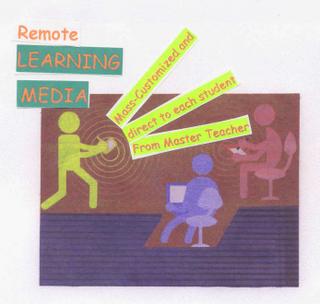
It is clear to me is that school reform and innovative school design are inexorably entwined and it is an interesting paradox that, as stated by David K. Cohen in “ A Revolution in one Classroom”, “teachers are the most important agents of instructional policy” but, “teachers are the problem. It is after all, their knowledge and skills that are deficient.” Moving beyond the reason for change and into effective reform application, it seems to me that as long as the classroom teacher remains crucial in the equation, how can real, quantifiable reform happen?
David K. Cohen speaks of Mrs. O, a classroom teacher who believes she is successful in implementing the school districts changes, and yet we find that her ‘reform’ is not compliant with the new directives. I do sympathize with Mrs. O and I find her position especially difficult because tacitly, she is not asked to ignore her expertise in “the old order” so as to strictly adhere to the new regiment. In Landson-Billing’s “But That’s Just Good Teaching”, they categorize the successful teacher as one who was “not dependant on state curriculum frameworks or textbooks to decide what and how to teach”. Yet that variance from the framework of the reform can make the true effectiveness of the reform curriculum not assessable.
So, can innovative, assessable school design best occur within the charter school movement, which, through its small-scale application, reform results can be more reliably quantified? Or perhaps in the public sector, can classroom teachers be taken out of the equation altogether? Can the classroom environment of the future be designed such that the mass-customized learning media arrives directly to each child from a remote Master teacher and the role of the Classroom teacher is one of a facilitator? The efficacy of the reform for each child can be directly derived from individual assessment.
Granted, one might argue (as did the committee on Developments in the Science of Learning, in their article “How People Learn”) that “Systems of teaching are much more than the things the teacher does”. They state that the classroom physical environment, teacher goals, class texts, agency objectives and many other factors are so influential that, “Changing any one of these individual features is unlikely to have the intended effect“.
Therefore, we cannot take tentative steps to reform various factors in education. We must unabashedly consider revisions to all roles in the restructuring of the whole learning process, and subsequently, the redesign of the physical environment in which we educate children.--Mikael Powell
No comments:
Post a Comment